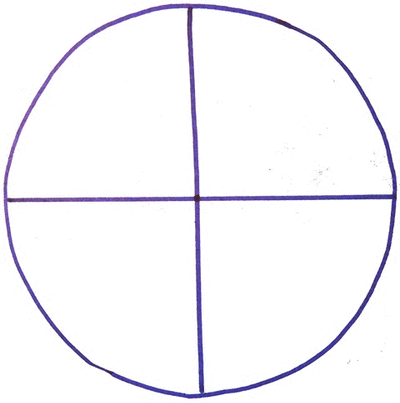In all honestly maths has always been something that I have enjoyed as it is basically a universal language. Providing the use of the same number system many mathematical problems can be understood all over the world regardless of the language spoken and for some reason I feel comfort within this. Through the elective module I feel that I have truly discovered mathematics and it is something I will never stop discovering.
Through the module one of the many things I have been introduced to is the Fibonnaci sequence and the golden ratio; this is something I had no knowledge of before. Reflecting back I find it strange I haven’t come across this before considering how often it features in different aspects of life such as nature, buildings and even musical compositions! In order to develop my understanding of these concepts in the future I would like to investigate if they appear in any other areas of the curriculum and research ideas of how this can be implemented within the classroom. I really like the fact that these procedures are embedded into so many different areas and now I am aware of them I can begin to identify them.
I feel through engaging with the works of Liping Ma my understanding of what is needed when teaching mathematics has completely changed. Before I thought that a sound knowledge of the mathematics being taught would be suffice but now realise that to be a good teacher there is much more that is needed. The four principles connectedness, multiple perspectives, basic skills and longitudinal coherence will undoubtedly influence my future teaching practice. By thinking of my own learning experiences I can relate to the principles and realise that as a learner only knowing the mathematical procedures and not understanding the concept is not very beneficial as it makes it difficult to use the knowledge learned in other areas of mathematics. When I become a teacher I will make a conscious effort to gain a PUFM and teach mathematics in an engaging and efficient way.










